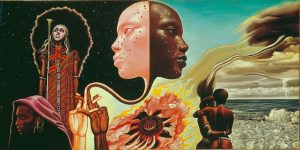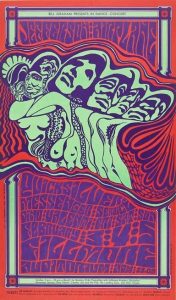Over the last ten weeks I have learnt a lot from the Research and communication skills lectures. I have learnt to look at a variety of sources from videos to books to utilising the internet. This has helped me improve my research skills and the way I analyse different pieces of information. I have also learnt a lot about Graphic Design, Illustration and Photography throughout the twentieth century and the different art movements that occurred with the advancement of technology supporting graphic design. I have developed my knowledge with the connection between graphic design and modernism, counter culture and the ethics of graphic design. The sessions have also developed the way I write by getting me to delve deeper, looking at information and not taking facts at face value but pushing me to finding evidence.
The main topics that the lectures have covered have been technology, authenticity, modernism, counter culture, post modernism and ethics. These topics have been crucial in helping my development and understanding of how to improve myself with regards to my graphic design practice. I have seen how graphic design has developed through the different art movements to becoming more political and mindful with art being used more to express opinions through visual means.
The most significant task that was very thought provoking in my opinion was the ethics behind graphic design. It brought to my attention that graphic design will always be sending out a message, no matter how small it is and if I want to be an ethically ‘good’ graphic designer I need to be aware of what I am creating and not trying to get a job at the highest paying company.

Jonathan Barnbrook is the artist that has really stood out to me the most over the course as he has questioned other graphic designers with the work they create.
Above is the image that Barnbrook made to question graphic designers stating, ‘Designers are falling over each other to kiss corporate ass’.
Another part of the research skills lectures that I have found important has been how to use Harvard referencing in my work. It is a key factor not only in research but also the creative industry as it gives recognition to other people and artists work. I find this goes hand in hand with the ethics behind graphic design and learning about authenticity and if it is possible to be truly authentic. I have also enjoyed watching the Netflix series, Abstract: The art of design as they have given me an insight into other artists work and the way they think.
Overall, I have really enjoyed the Research and communication skills lectures as they have been very informative and educational.

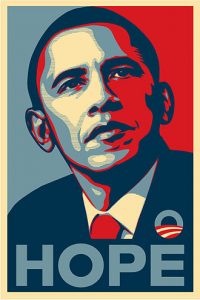
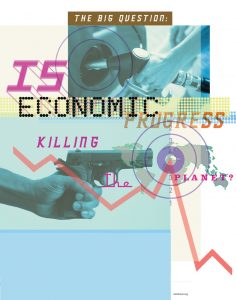
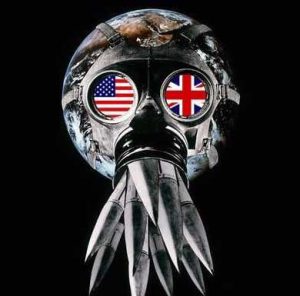
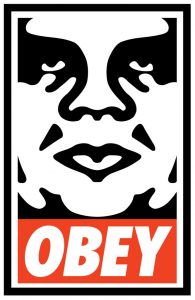 [1]
[1]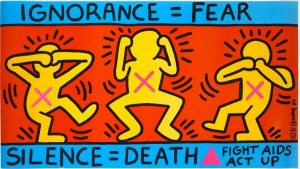
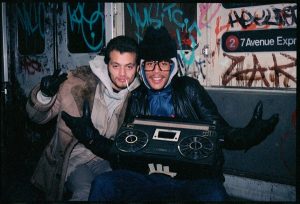 [2]
[2]